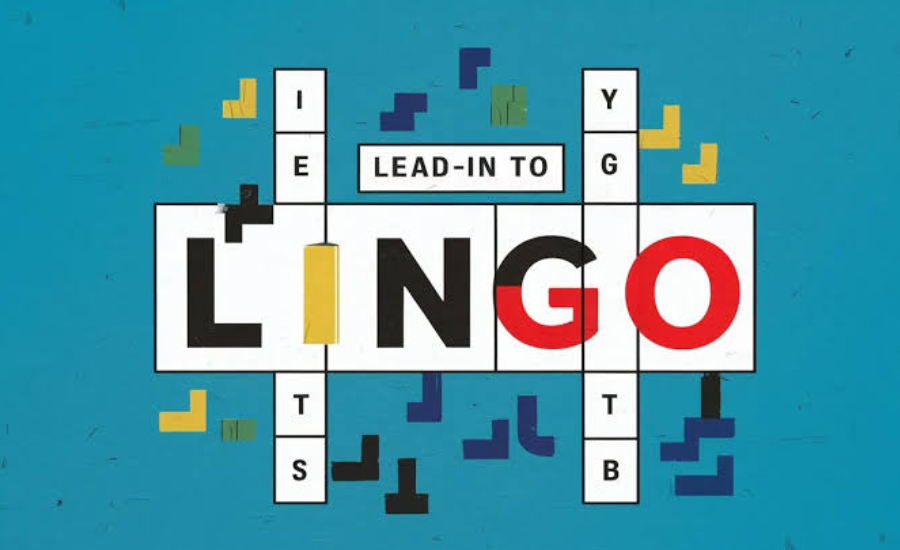Mastering a new language is more than just memorizing words and grammar—it’s a transformative journey that moves from the basics (the “lead-in”) to fluency (the “lingo”). Language learning apps have revolutionized this process, offering interactive, personalized, and engaging tools that make this journey smoother and more enjoyable. In this guide, we’ll explore the stages of language acquisition through these apps, highlighting the essential features that support learners from the first steps to fluency.
The Language Learning Journey: From Lead In To Lingo
Learning a new language is a progression that involves building a foundation before advancing to more complex communication skills. This journey can be broken down into two primary phases:
- The Lead-In Phase: This initial stage focuses on laying the groundwork. It includes learning basic vocabulary, essential phrases, pronunciation, and grammar rules. Language learning apps excel in this phase by providing structured lessons and interactive exercises designed to develop a solid foundation.
- Mastering the Lingo: Once the basics are mastered, learners transition into fluency—referred to here as mastering the “lingo.” This involves expanding vocabulary, understanding idiomatic expressions, and gaining the confidence to communicate in real-life situations. Language apps aid this phase through immersive experiences, conversation practice, and advanced language challenges.

Key Features Of Language Learning Apps: Bridging The Gap From Basics To Fluency
The success of language learning apps lies in their ability to adapt to the needs of learners at different stages. Here’s a closer look at the key features that help learners progress from lead-in to lingo:
1. Interactive Lessons For Engaging Learning
Language apps use interactive modules to make learning fun and engaging. Through quizzes, flashcards, and multimedia content, learners are encouraged to actively participate in the learning process. This hands-on approach not only improves retention but also helps in understanding complex concepts more effectively.
2. Personalized Learning Paths
One of the standout features of language learning apps is their ability to offer personalized learning experiences. These apps use adaptive algorithms to assess your proficiency level and tailor lessons accordingly. Whether you’re a beginner or an advanced learner, the app adjusts to your pace, ensuring a customized path to fluency.
3. Multi-Modal Learning Tools
Language acquisition is more effective when multiple senses are engaged. Leading apps incorporate multi-modal tools, such as audio recordings, visual aids, and interactive text, to cater to different learning styles. This variety helps learners grasp pronunciation, listening comprehension, and reading skills, making the learning process more holistic.

4. Gamification And Rewards To Boost Motivation
Gamification elements, such as leaderboards, badges, and daily challenges, play a significant role in keeping learners motivated. By turning language learning into a game-like experience, users are encouraged to practice consistently and stay engaged with their lessons. The reward systems are designed to celebrate progress, no matter how small, fostering a sense of achievement.
Navigating Common Challenges In Language Learning
While language learning apps offer numerous benefits, users may still encounter challenges along the way. Here are some common hurdles and how to overcome them:
1. Breaking Through Learning Plateaus
As you progress, you may hit a plateau where it feels like you’re not making any progress. To overcome this, apps often provide advanced exercises, real-life conversation practice, and diverse content that pushes learners to the next level. Setting new goals and switching up your learning routine can also reinvigorate your language journey.
2. Incorporating Cultural Context
Understanding a language goes beyond just vocabulary and grammar; it includes cultural nuances, idiomatic expressions, and social customs. Leading apps integrate cultural lessons to give users a deeper understanding of the language’s context, making communication more natural and effective.
3. Addressing Technological Limitations
Technical issues like internet connectivity or device compatibility can sometimes hinder the learning experience. To mitigate these challenges, many apps offer offline access to lessons, ensuring that learners can continue their studies without interruption.
Beyond The App: Enhancing Language Learning With Real-World Practice
While apps provide a strong foundation, supplementing your learning with real-world practice is essential for achieving true fluency.

1. Engaging In Real-Life Conversations
To reinforce your language skills, immerse yourself in environments where the language is spoken. This could involve practicing with native speakers, joining language exchange communities, or participating in virtual meet-ups. Apps often offer conversation partners or social features to help you connect with other learners.
2. Utilizing Additional Resources
Beyond language apps, there are numerous other resources available to enhance your learning journey. Consider listening to podcasts, watching films, reading books in the target language, or joining online forums. These resources provide diverse exposure and can help you understand the language in different contexts.

Embracing The Language Learning Journey
Language learning is not a one-size-fits-all process, and each learner’s journey is unique. The key is to stay consistent, celebrate small wins, and leverage the tools and features provided by language apps to stay motivated.
FAQs On Language Learning Apps
How long does it take to achieve fluency using language apps? The time to fluency varies depending on factors like dedication, the complexity of the language, and daily practice. Generally, it can take several months to a few years.
Are language learning apps effective for all ages? Yes, these apps cater to different age groups, offering age-appropriate content and learning methods tailored to beginners, intermediate, and advanced users.
Can language apps teach cultural aspects of a language? Many apps integrate cultural elements, teaching users about customs, traditions, and idiomatic expressions to enhance cultural understanding.
Are there resources for less commonly spoken languages? Yes, while some apps focus on popular languages, many offer lessons in less commonly spoken languages, though the depth may vary.
How can I stay motivated when using language learning apps? To maintain motivation, set achievable goals, track your progress, join language communities for support, and vary your learning methods to keep it interesting.
Conclusion: Lead In o Lingo – A Continuous Journey
The journey from “lead-in” to “lingo” is a rewarding experience that language learning apps can significantly enhance. These tools provide the structure, motivation, and flexibility needed to transform language learning from a daunting task into an enjoyable adventure. Embrace the journey, explore the apps that suit your needs, and remember that every step, no matter how small, brings you closer to fluency.
Read Next : Adn-237.org
